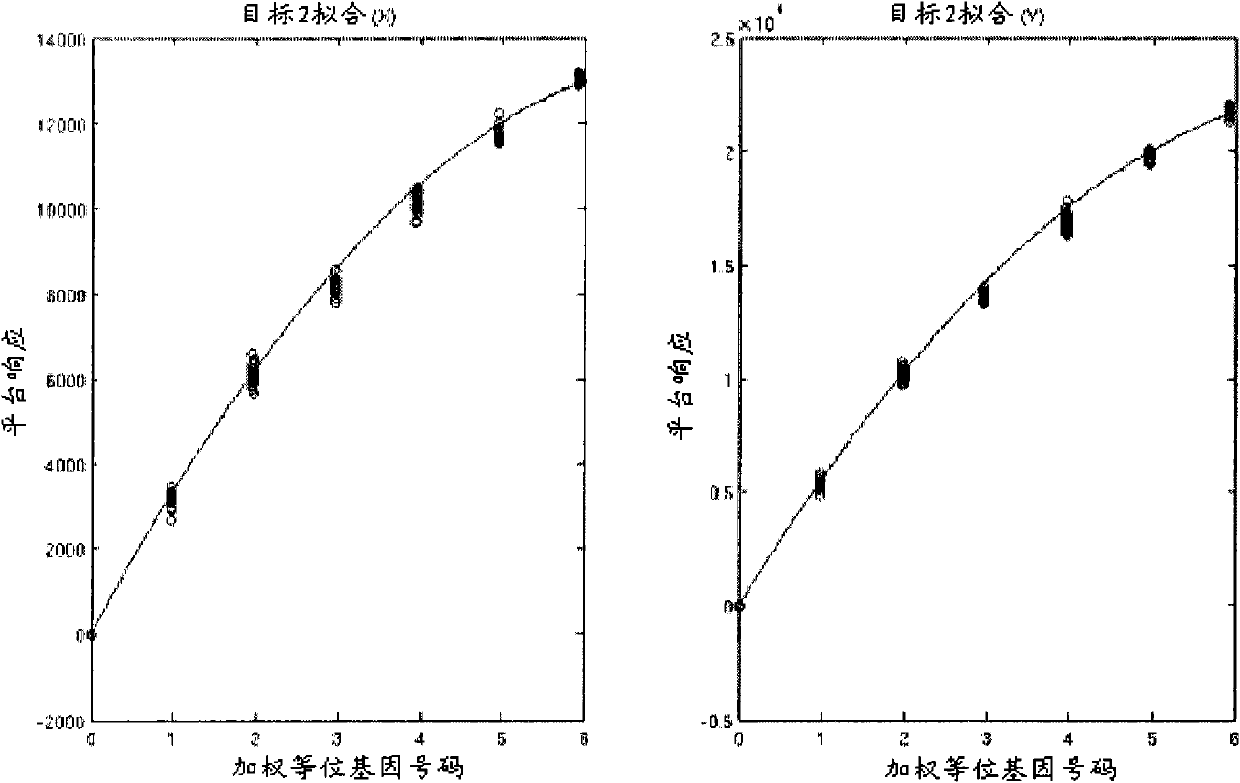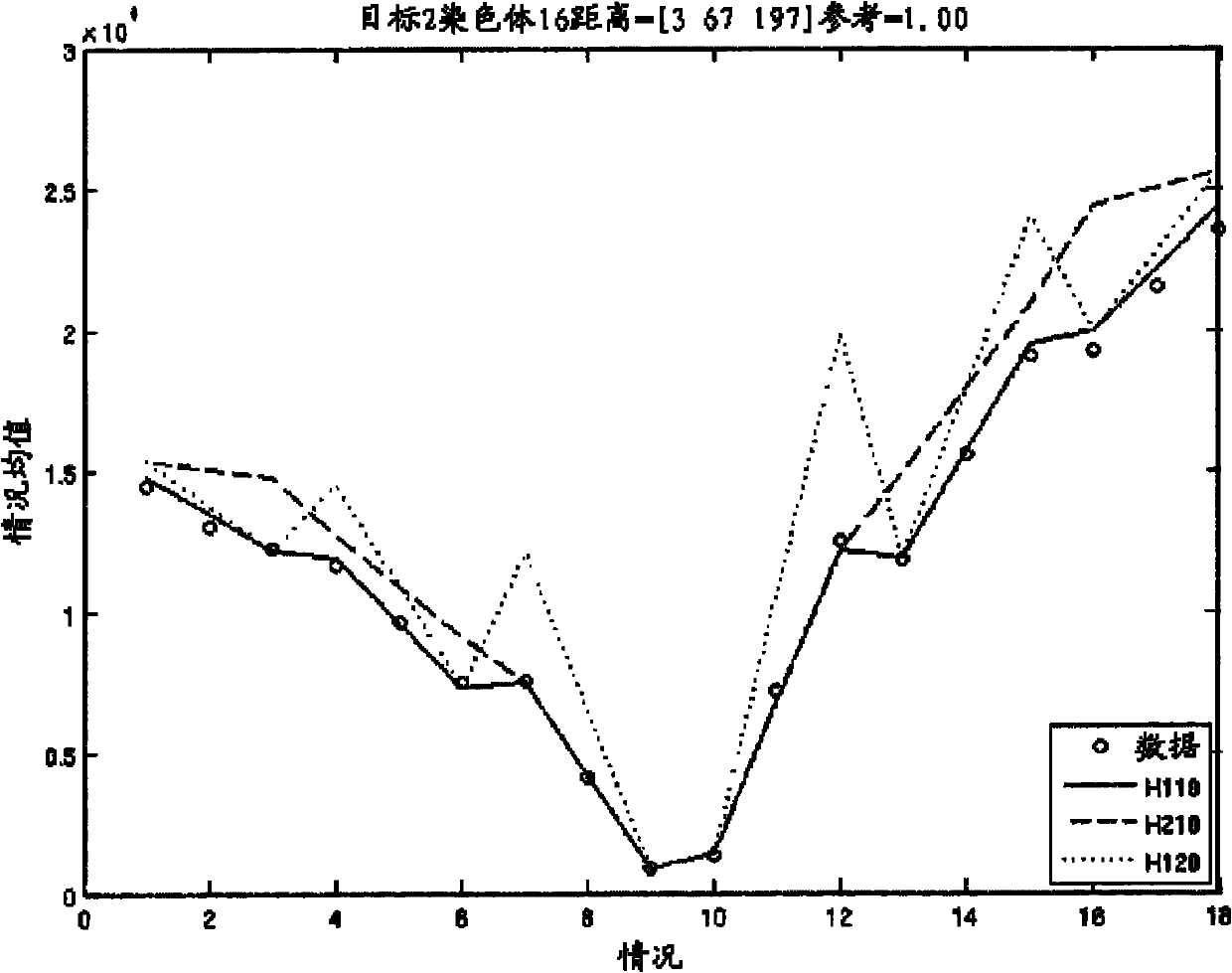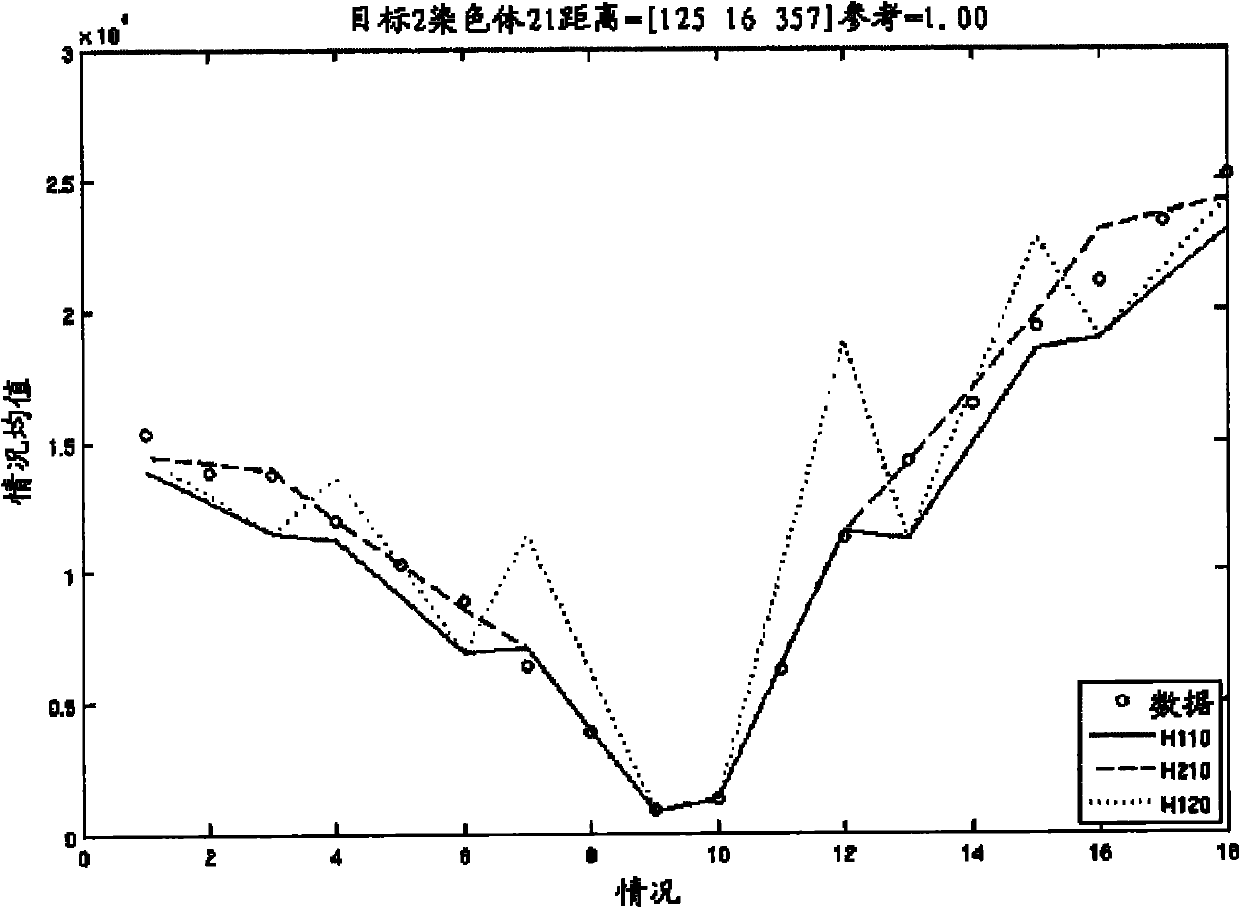Methods for non-invasive prenatal ploidy calling
An individual, targeted technique for noninvasive prenatal ploidy calling
- Summary
- Abstract
- Description
- Claims
- Application Information
AI Technical Summary
Problems solved by technology
Method used
Image
Examples
Embodiment approach
[0316] Amplification of DNA, a process that converts a small amount of genetic material into a larger amount of genetic material containing a similar set of genetic data, can be performed by a variety of methods including but not limited to polymerase chain reaction (PCR), ligand-mediated Guided PCR, degrading oligonucleotide-primed PCR, multiple displacement amplification, allele-specific amplification techniques, molecular inversion probes (MIPs), padlock probes, other circular probes, and combinations thereof. Many variations of standard protocols can be used, such as increasing or decreasing the time of certain steps in the protocol, increasing or decreasing the temperature of certain steps, increasing or decreasing the amounts of various reagents, etc. DNA amplification converts an initial sample of DNA into a sample of similar but greater amounts of DNA in the sequence set. In some cases, amplification may not be required.
[0317] The genetic data of an individual of i...
PUM
 Login to View More
Login to View More Abstract
Description
Claims
Application Information
 Login to View More
Login to View More - R&D
- Intellectual Property
- Life Sciences
- Materials
- Tech Scout
- Unparalleled Data Quality
- Higher Quality Content
- 60% Fewer Hallucinations
Browse by: Latest US Patents, China's latest patents, Technical Efficacy Thesaurus, Application Domain, Technology Topic, Popular Technical Reports.
© 2025 PatSnap. All rights reserved.Legal|Privacy policy|Modern Slavery Act Transparency Statement|Sitemap|About US| Contact US: help@patsnap.com



